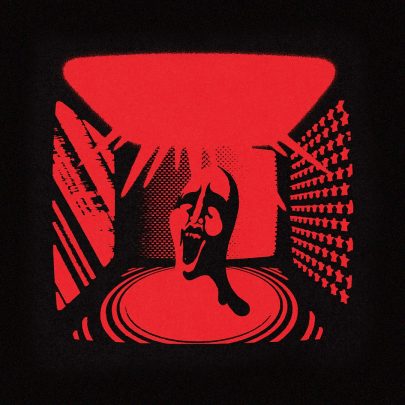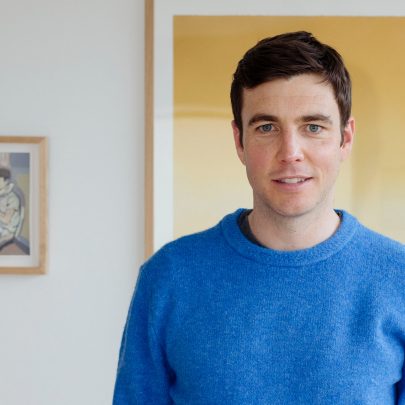Aug 1, 2013 Film & TV
Directed by Annie Goldson & Kay Ellmers
New Zealand
We’ve heard a lot about New Zealand war correspondent Jon Stephenson in recent weeks.
And he’s still at it, revealing things that no one else in the New Zealand media has the skills, perseverance and experience to uncover. This time: senior members of the NZ Defence Force in Afghanistan made payouts of $10,000 to the families of two men killed by the SAS in a misguided raid in December 2010. The SAS thought they were attacking enemy insurgents; in fact, their target was a security firm working with the Americans and their allies.
Further, along with the money the NZDF delivered an apology, by letter, but did not allow the firm or the families to keep a copy of that letter.
The revelation is astonishing, because it clearly implies what the NZ Defence Force and the NZ Government have always denied – that our troops were responsible for the raid. It also suggests some of the lengths to which the NZDF will go to hide the reality of what it has been doing in Afghanistan.
Why couldn’t the families have the letter? What reason could there be, apart from fear the NZ public might find out about it? Our soldiers don’t kill innocent civilians, do they?
Stephenson’s new revelation is contained in the film by Annie Goldson and Kay Ellmers, He Toki Huna, an expanded and refocused version of the TV documentary of the same name broadcast on Maori Television just before Anzac Day. The film now focuses more sharply on Stephenson’s role on the ground in New Zealand’s longest-running engagement in a war.
Want to know what it’s like to do his lonely, dangerous and all-too-often vilified job? He Toki Huna is a very good place to start – especially as the camera work of Jake Bryant in Bamiyan Province and Kabul has a brutal, haunting beauty. Concerned about the reality gap between what our soldiers do and what their military and political masters say they do? He Toki Huna is invaluable.
The existence of that gap, of course, is now beyond dispute, thanks to the head of the NZ Defence Force, Lieutenant General Rhys Jones.
To recap: in 2011 Stephenson wrote a long feature for Metro on the role of the NZ SAS in Afghanistan. In it, he analysed that December 2010 raid in some detail. Prime Minister John Key responded by saying Stephenson had been “discredited”; Jones issued a press release stating Stephenson was wrong about various claims he made.
Stephenson sued Jones for defamation, and in the High Court in Wellington last month Jones confessed it was he, not Stephenson, who had been wrong. One of the many ironies of He Toki Huna is that it contains a clip of Key, from 2011, blithely saying he stood by his comments on Stephenson and saw no reason to doubt what the Defence Force was telling him.
How big is the gap between what we’re told and what our troops have actually done? It has been beyond the resources of Stephenson, or Goldson and Ellmers, to find a good answer to that. But Jones’ admission he was wrong, combined with the range of activities discussed in this film, suggest it would be hopelessly naïve to trust political and military assurances we are now being told the truth.
Our troops are at daily risk of death, says a military spokesperson in the film, so information must be withheld. But the debate is over policy, not operational plans. As several contributors to the film say, there can be no justification for troops of a democratic country dying in war – 10 in Afghanistan, at last count, and we still have an undisclosed number there – if the public has not made an informed decision to ask them to take that risk.
Right now, with this country engaged in overlapping debates about security and spying, the new and improved version of He Toki Huna feels more urgent by the day. It has a single screening in the Auckland film festival this Sunday (Sky City Theatre, August 4, 1.30pm), and will also screen in other centres (for more, see nzinafghanistan.com).
Disclosure: Simon Wilson appears in the film, discussing Stephenson and his articles for Metro.





